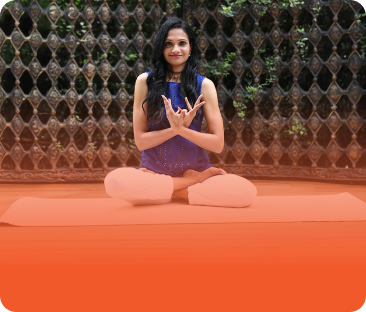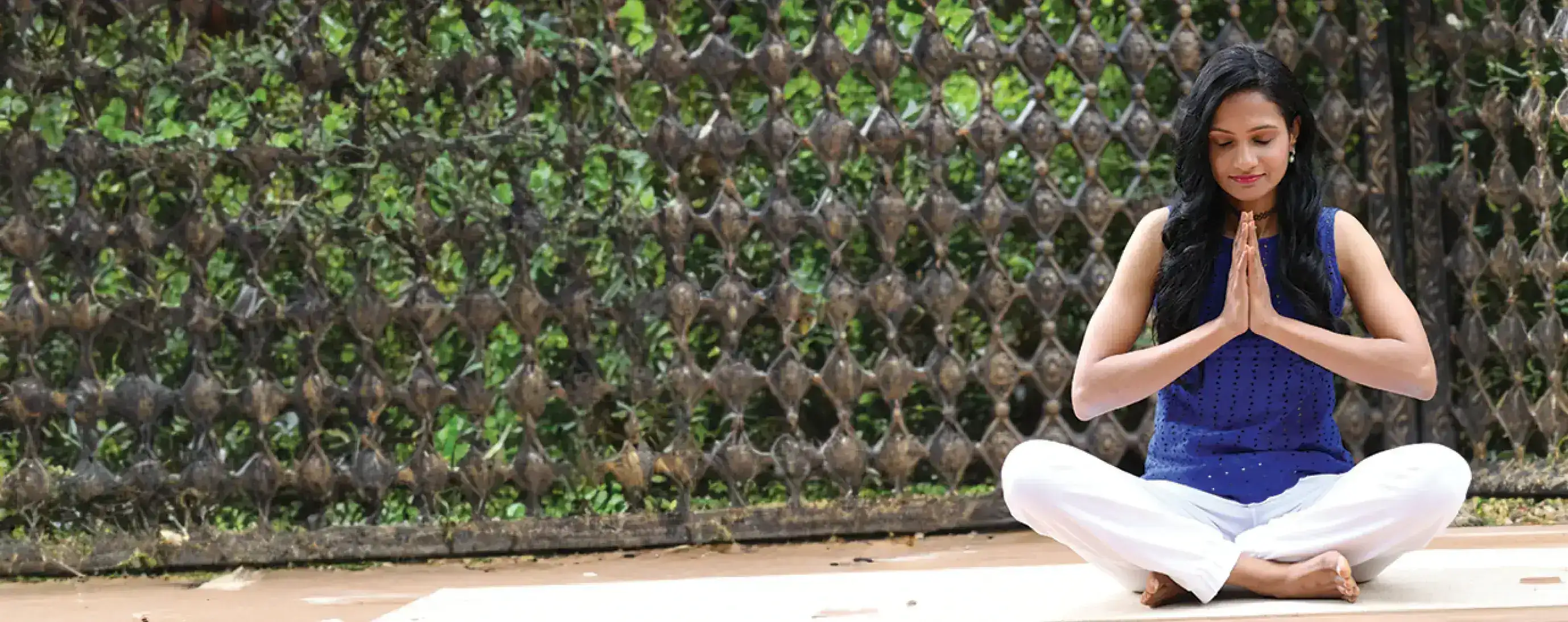Prenatal Yoga: A Complete Guide for Expecting Mothers
Safe & Gentle Yoga Practices to Support a Healthy Pregnancy Journey


Pregnancy is a transformative journey, both physically and emotionally. As an expecting mother, maintaining good health is crucial, and prenatal yoga is an excellent way to stay active, reduce stress, and prepare for childbirth. Unlike regular yoga, prenatal yoga is designed to be gentle, safe, and supportive, helping mothers connect with their bodies and their growing babies.
In this guide, we’ll explore the benefits of prenatal yoga, safe poses for each trimester, breathing techniques for labor, and postnatal recovery practices. Whether you're new to yoga or a seasoned practitioner, yoga for pregnant women offers a natural, holistic way to navigate pregnancy.
Prenatal yoga provides a multitude of physical and mental benefits that support a healthier pregnancy. Here are some key advantages:

As your pregnancy progresses, different yoga poses will support your changing body. Here’s a breakdown of safe yoga for pregnancy during each trimester.
During early pregnancy, focus on gentle movements and breathing techniques. Avoid overexertion.
🛑 Avoid: Deep twists, intense core work, and inversion poses.
As the belly grows, focus on strength-building and stability, avoiding positions that put pressure on the abdomen.
🛑 Avoid: Lying flat on the back for extended periods (to prevent pressure on the vena cava).
The final weeks focus on gentle movement, relaxation, and pelvic floor strengthening.
🛑 Avoid: Deep backbends and intense balancing poses.

Controlled breathing plays a crucial role in labor and delivery. Here are three effective techniques:
Relaxation is just as important as physical activity during pregnancy. Try these techniques:
After childbirth, postnatal yoga helps new mothers regain strength, restore core stability, and manage stress.

Pelvic floor exercises are essential for maintaining bladder control and supporting the uterus during and after pregnancy.
If you’re new to yoga or prefer guided sessions, attending a prenatal yoga class can provide:
For personalized guidance, Trimuk Yoga offers expert-led prenatal yoga programs taught by Radhika Bargava, India Excellence Award 2024 winner. Her specialized training in Hatha Flow and Ashtanga Vinyasa Yoga ensures a safe and beneficial experience for pregnant women.

Prenatal yoga is a powerful tool that supports both physical and emotional well-being during pregnancy. With its gentle poses, breathing techniques, and relaxation practices, it helps expecting mothers feel strong, confident, and prepared for childbirth.
For safe and effective yoga for pregnant women, explore Trimuk Yoga’s prenatal classes and begin your journey toward a healthier, happier pregnancy!
Start your prenatal yoga journey today!
A renowned and qualified yoga instructor with years of experience in teaching traditional Hatha Flow and Ashtanga Vinyasa Yoga, Radhika is passionate about sharing the true essence of yoga with her students. Being a certified yoga teacher and health & nutrition coach, Radhika demonstrates a deep understanding of mind-body connection which is reflected in her tailored classes.

Get personalized care. Consult specialists about your concerns and treatments.
